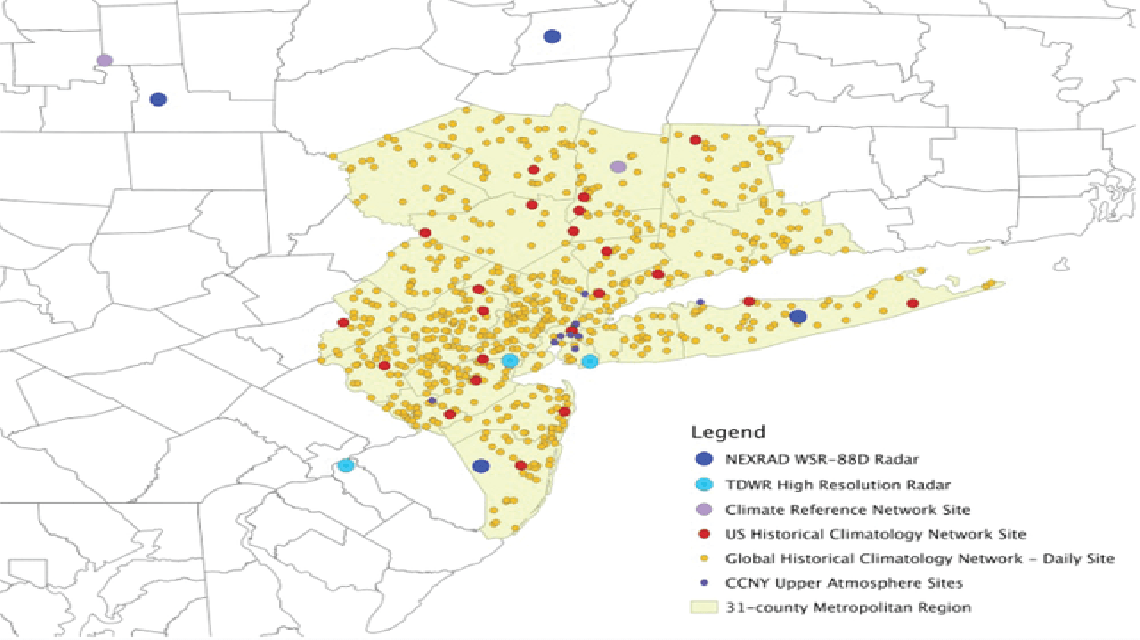A new report from the New York City Panel on Climate Change (NPCC) provides the City of New York with projections of its climate to the end of the century, both static and dynamic coastal storm surge modeling, and next steps in the development of an indicators and monitoring system for climate change impacts and adaptation. It looks beyond critical infrastructure and its vulnerability to climate change and focuses on what a more dynamic climate will mean for the everyday experience of the city's residents—for example, regarding health impacts.
According to the report’s introduction, “The climate of the New York City metropolitan region is changing—annual temperatures are hotter, heavy downpours are increasingly frequent, and the sea is rising. These trends, which are also occurring in many parts of the world, are projected to continue and even worsen in the coming decades because of higher concentrations of greenhouse gases in the atmosphere caused by burning of fossil fuels and clearing of forests for agriculture. These changing climate hazards increase the risks for the people, economy, and infrastructure of New York City. As was demonstrated by Hurricane Sandy, coastal and low-lying areas, the elderly and very young, and lower-income neighborhoods are highly vulnerable. In response to these climate challenges, New York City is developing a broad range of climate resiliency policies and programs, as well as the knowledge base to support them. The knowledge base includes up-to-date climate, sea level rise, and coastal flooding projections; a Climate Resiliency Indicators and Monitoring System; and resiliency studies. A special attribute of the New York City response to these challenges is the recognition that both the knowledge base and the programs and policies it supports need to evolve through time as climate risks unfold in the coming decades.”
The new report documents recent observed climate trends and extends projections to the 2080s and 2100 for temperature and precipitation and sea level rise. It explains the spatial applicability of the projections to the wider New York metropolitan region and compares the NPCC2 methods to those of the International Panel on Climate Change (IPCC). It presents maps for the flood risks to the 2080s and 2100 for the current 100- and 500-year coastal flood event. The report characterizes future coastal flooding through enhanced dynamic flood inundation (storm surge) modeling that includes the effects of sea level rise and provides a review of key issues related to climate change and health relevant to the citizens of New York City. It develops a process for establishing an indicators and monitoring system to track data related to climate hazards, risks, impacts, and adaptations, and presents metrics for evaluating the NYC Cool Roofs Program and its effect on the urban heat island. The report ends with conclusions and recommendations with regard to both increasing climate change resiliency for the city and advancing the research required to build it. and it includes two appendices that provide climate risk and projections infographics for stakeholders and technical details for each of the chapters.
For more information, visit www.nyas.org/Publications/Annals/Detail.aspx?cid=5c5c2bdd-795f-4904-acd5-e3fe4a5c338a.






